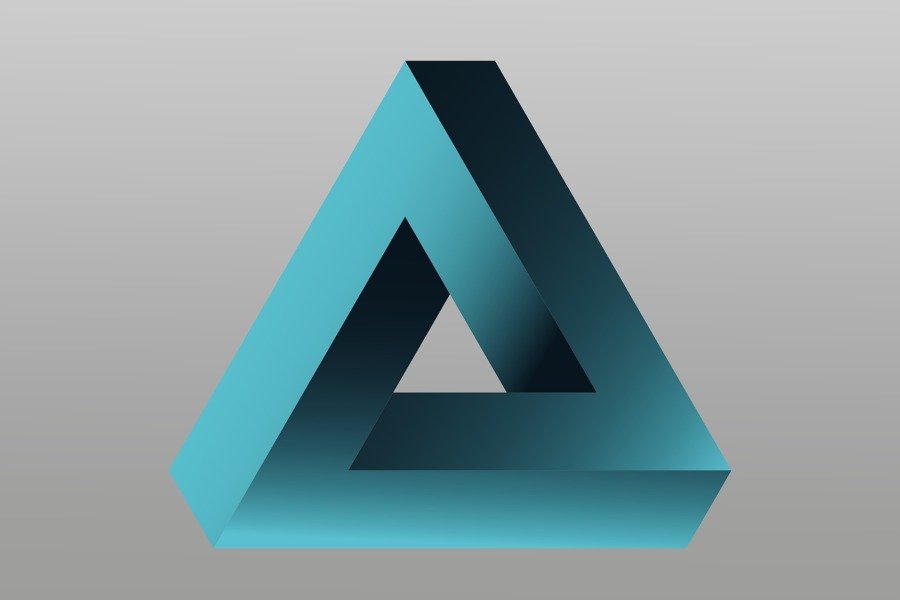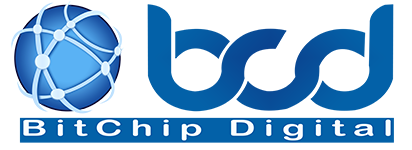
A logo is an identity component that is an integral part of the identity. Looking at a corporate emblem, people subconsciously recall a specific brand. We have prepared a step-by-step guide to creating logos, including independent development with immersion in the psychology of color, shapes and perception.
This article was prepared by the TurboLogo team, specialists in logo design and branding. TurboLogo has helped thousands of startups, small businesses, and entrepreneurs create custom logos that align with their brand’s unique identity. We’ll guide you through the benefits of using online logo design tools and show you how to create a stunning logo that truly reflects your brand.
Competitor Analysis
Study the logos of companies in your industry. This will give you an idea of what already exists in the market and will help you stand out.
- Try to see if all the logos have something in common. Maybe they all use the color blue or feature a symbol. Think about what elements of the logos you think work well to attract attention and why.
- Look at the colors, shapes, fonts, and style of these logos. Notice what you like and what you don’t. Use the ideas you like in your logo.
- Look at what makes each logo special. It could be an unusual font or an interesting color gradient.
With all of this in mind, ask yourself: How can I use this information to create a logo that represents my company?
Making Sketches
Draw a few logo concepts on paper by hand. Don’t worry about making them perfect. Just try out different shapes and elements that come to mind. This will help you see which ideas look best.
Choose a color palette
Think about what your brand represents and choose colors that convey that message. For example, green is often associated with nature and ecology, while blue can evoke a sense of trust and professionalism.
Typography
Fonts can be serious, strict, minimalist, fun, playful, airy – the whole range. Choose a font that will work well with your logo and reflect the character of your company. Make sure the text is easy to read, even if the logo is scaled down.
Write Down The Terms Of Reference
Write down everything you’ve learned in the previous steps. This is absolutely necessary if you’re hiring a professional designer, but it’s also useful if you’re drawing the logo yourself. With a specific written technical task, you will not forget or lose your developments.
Here is what should be written in the technical task for the logo:
- company name and key products/services;
- logo concept: what idea do you want to convey to customers using the logo and what impression should it make;
- description of specific parameters of the target audience;
- number and codes of colors, whether there should be gradients;
- references: examples of logos that you like;
- areas of logo application: Internet, social networks, outdoor advertising, press, printed products (brochures, booklets, menus, etc.);
- mandatory elements that must be present on the sign.
Tools For Creating A Logo Yourself
There are 2 main ways to draw a logo yourself.
1. Vector graphics programs
Since the main format of logos is vector, it is better to use the appropriate graphic editors right away.
- Adobe Illustrator is one of the most popular programs, fitting for creating logos due to its powerful tools and flexibility. Beginners should start by learning the basic tools (pen and shapes), as well as the functions for aligning and combining objects.
- CorelDRAW is another popular vector editor with many tools and beautiful effects (gradients, transparency, convexity, etc.).
- Inkscape is a free vector editor that offers many functions comparable to paid analogs.
- Vectr is an online service that offers simple basic tools for beginners who want to create simple but attractive logos.
Each of these editors has its own characteristics, so the choice of tool depends on the level of skills and tasks of the designer.
2. Online logo makers
If you do not want to draw manually, use automated services – logo makers or generators. Here is one noteworthy example — Turbologo.
It is a super easy-to-use service that will offer hundreds of relevant logo options after just 1 minute of work. All you need to do is enter the company name, business area, slogan, choose a color and icon from the suggested ones, as well as several logo options that the AI algorithm will inspire. Turbologo is not just a generator, but a real design accelerator. It instantly transforms your ideas into visual masterpieces, drawing from a vast database of thousands of analyzed logos to create designs that are both unique and professional. Other benefits to underline:
- A powerful built-in editor that lets you fine-tune every element of your logo. Here you can play with sizes, positions, opacity, and even apply layering effects.
- A library of thousands of professionally designed templates covering every imaginable industry and style. From minimalist monograms to complex emblems, there’s everything you need to bring your vision to life.
- A full branding kit feature. Turbologo doesn’t stop at the logo – it provides features to automatically adapt your logo to a variety of formats and media, from favicons to banners.
Conclusion
Creating a logo is a very important step in branding your company. You can do it yourself using graphic editors or online designers, or use AI services. In any case, the key is a clear understanding of your brand, audience, and the idea that the logo should embody. This is the guarantee that the logo will effectively work to make your business recognizable.
